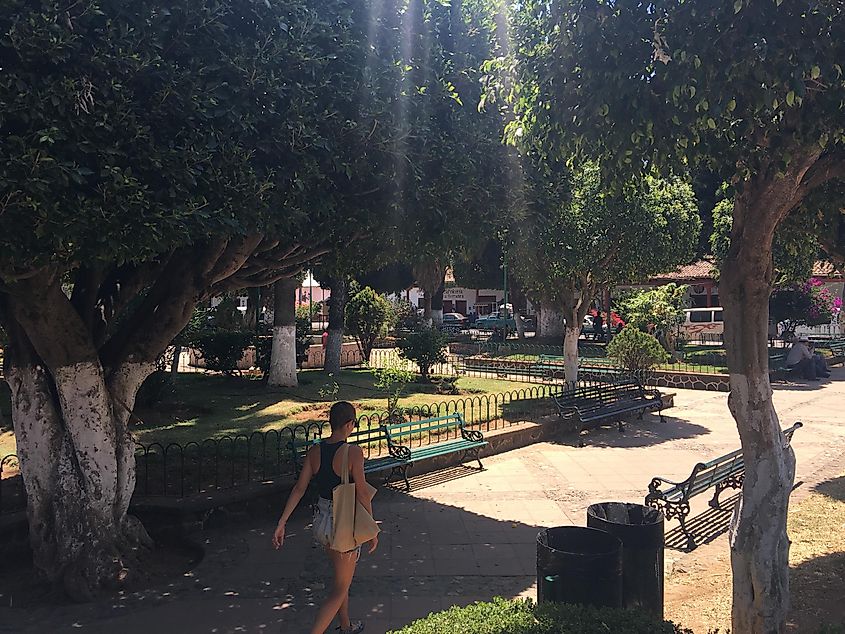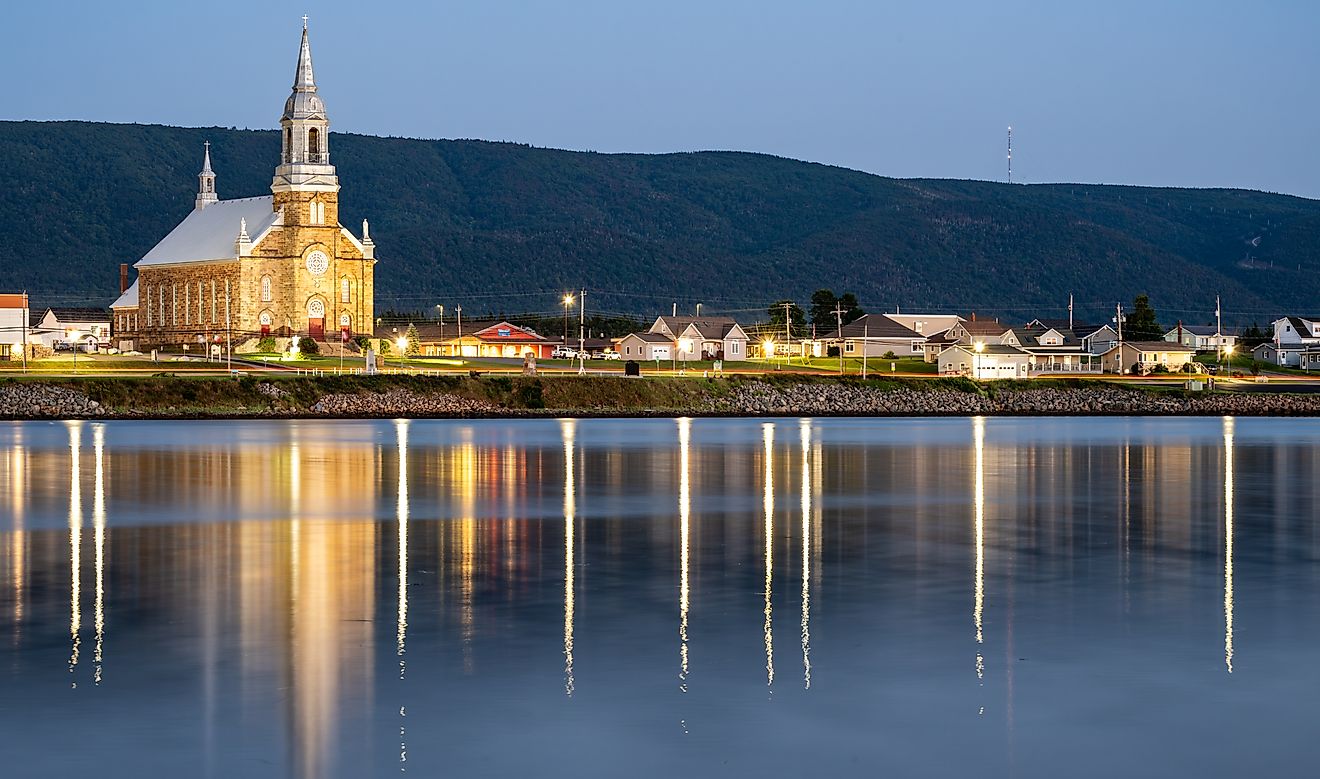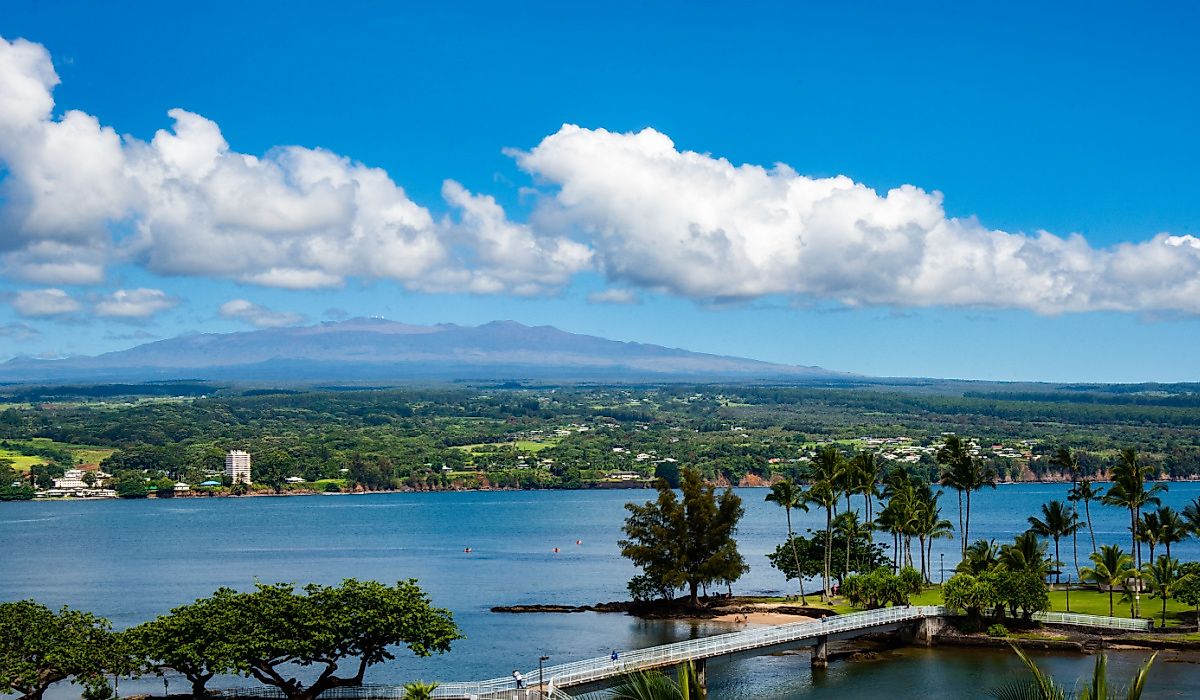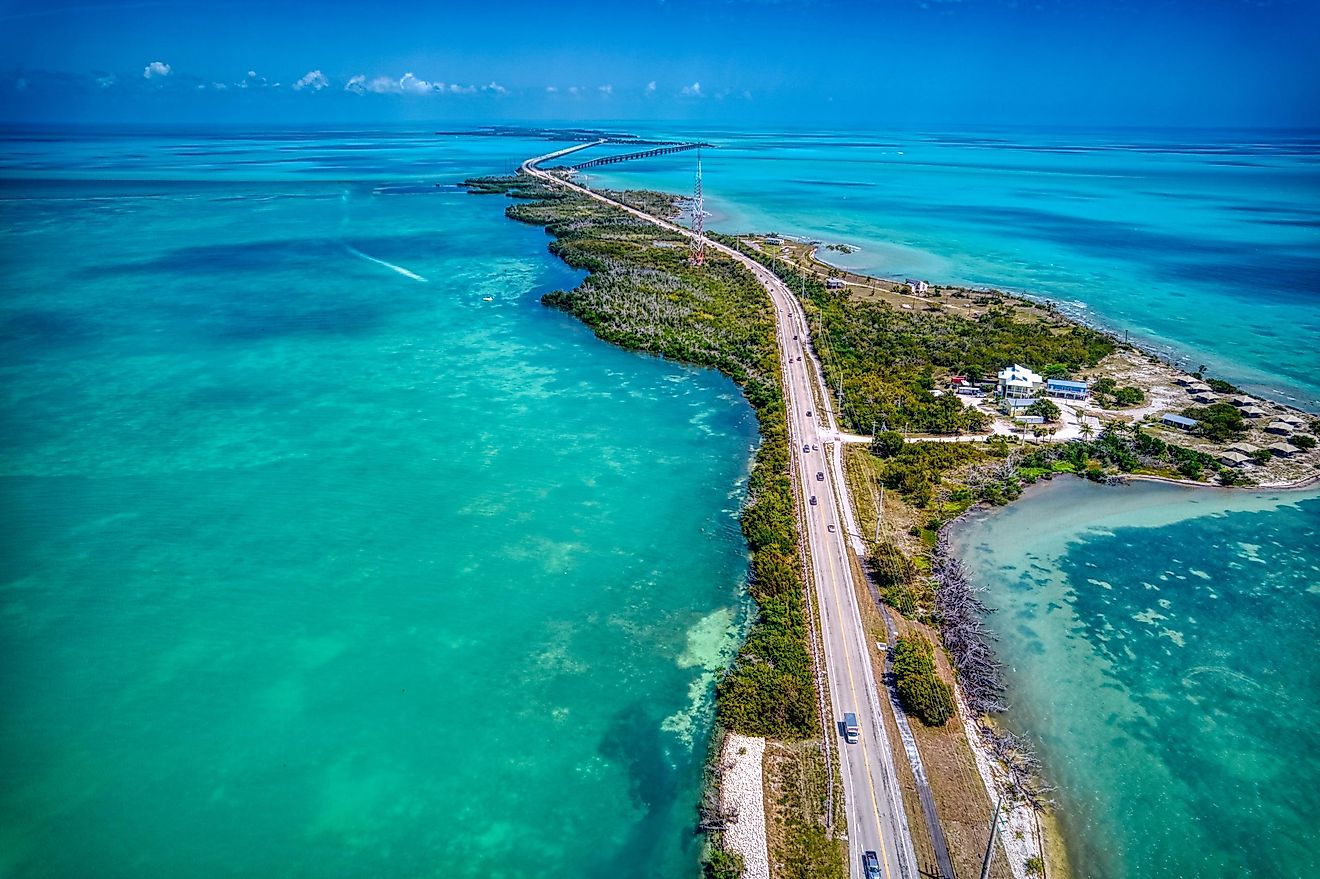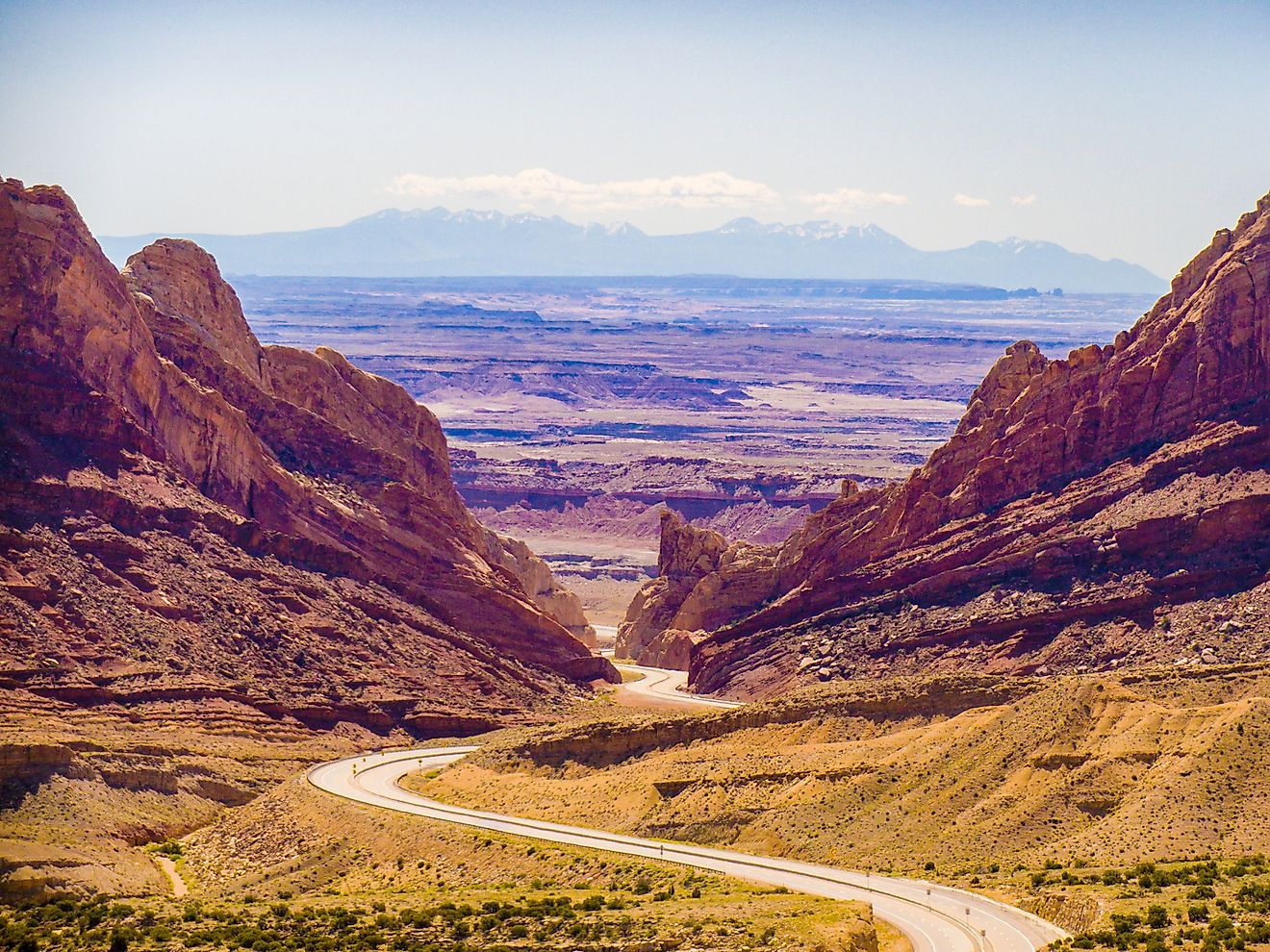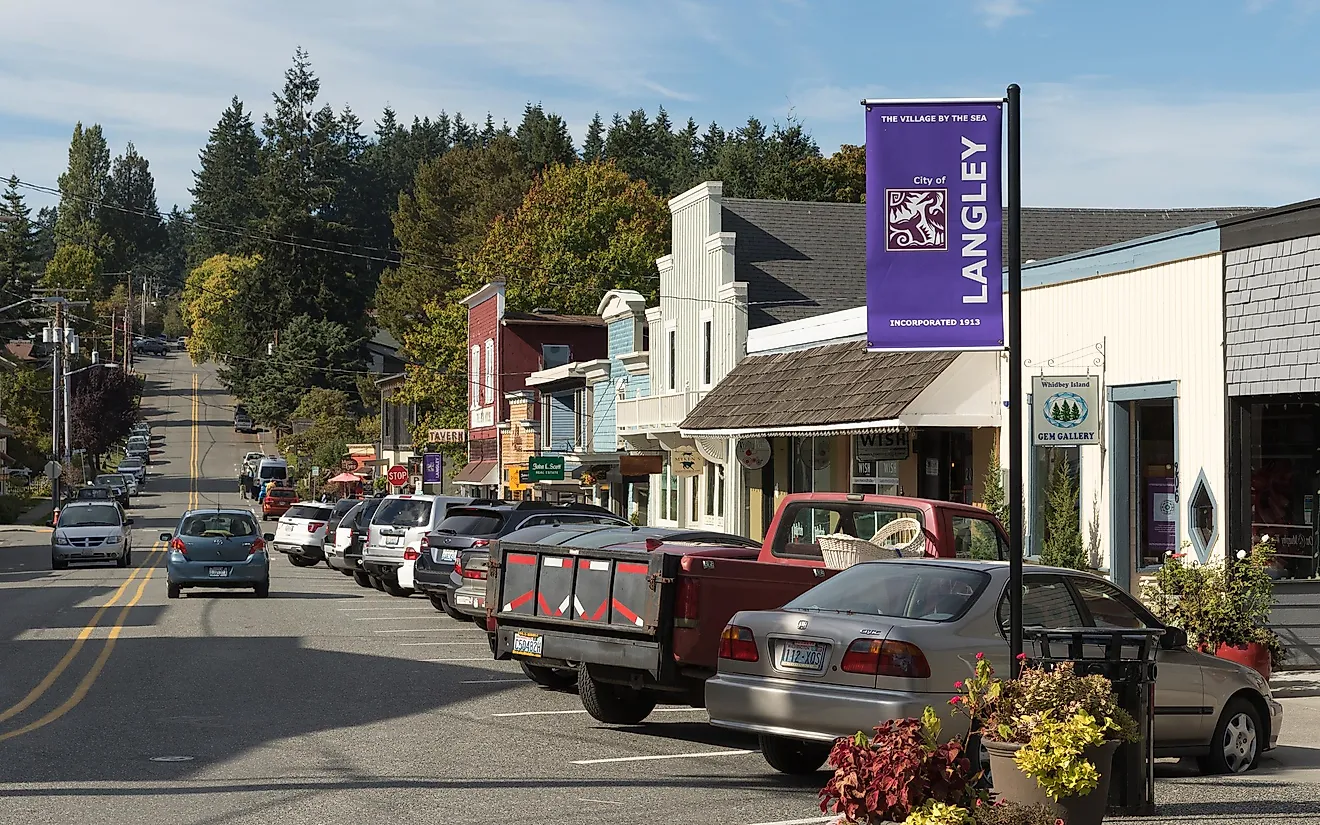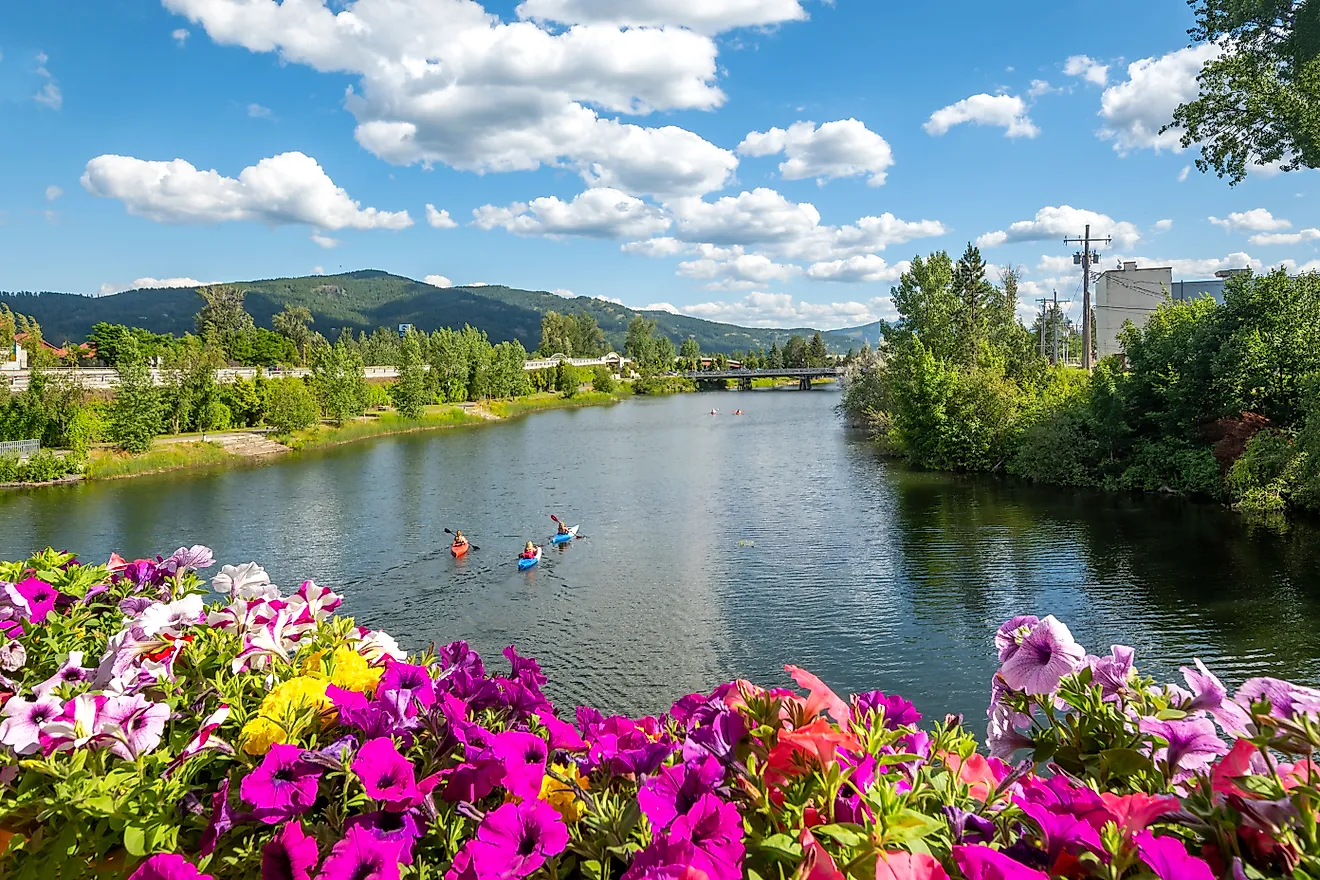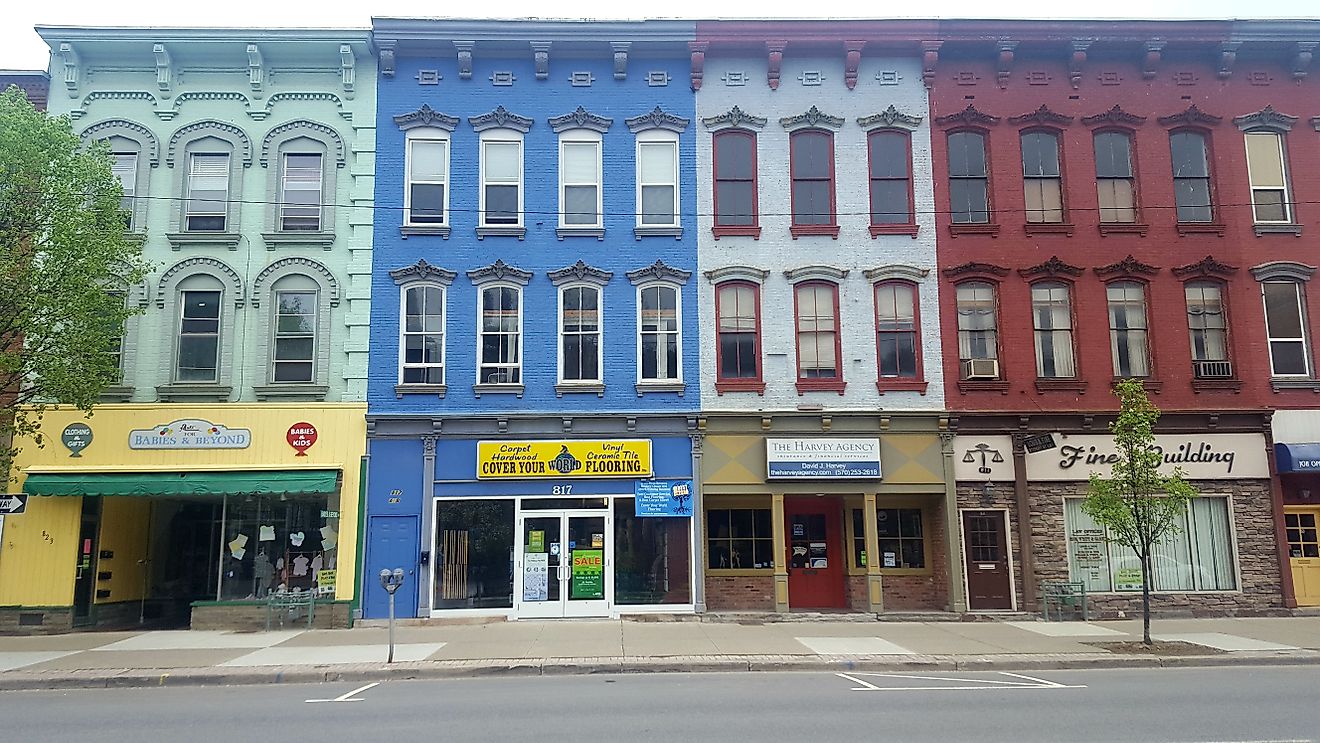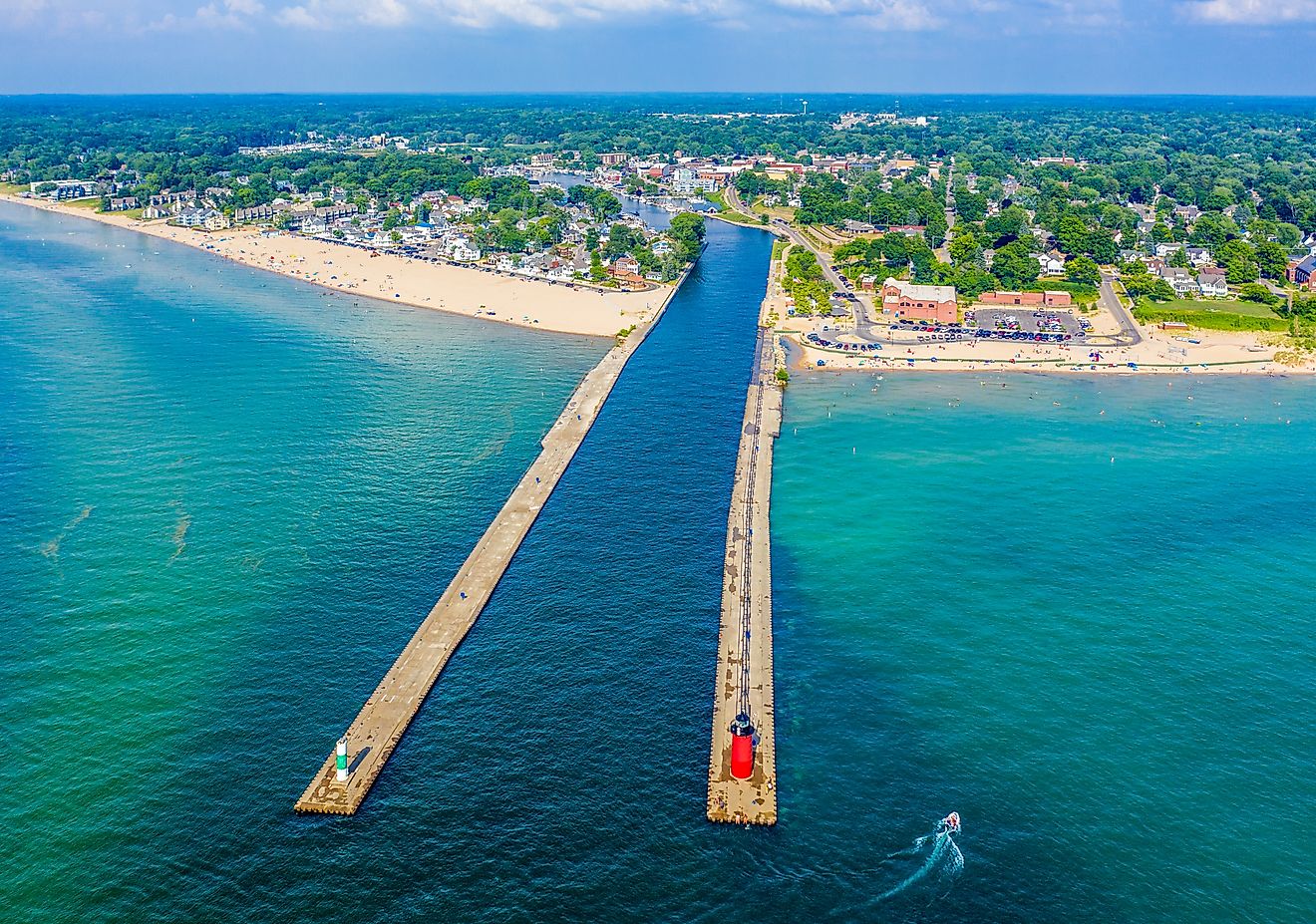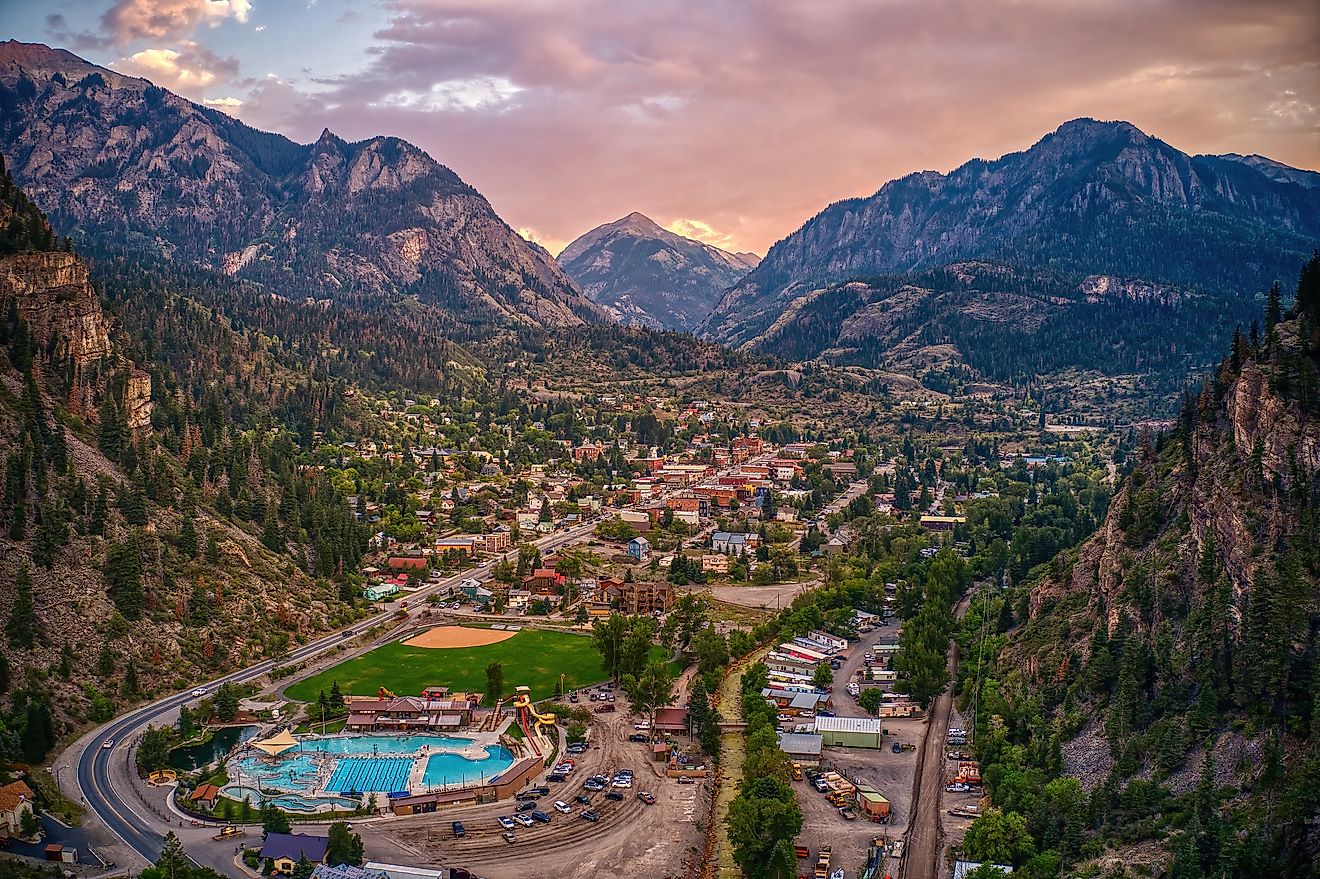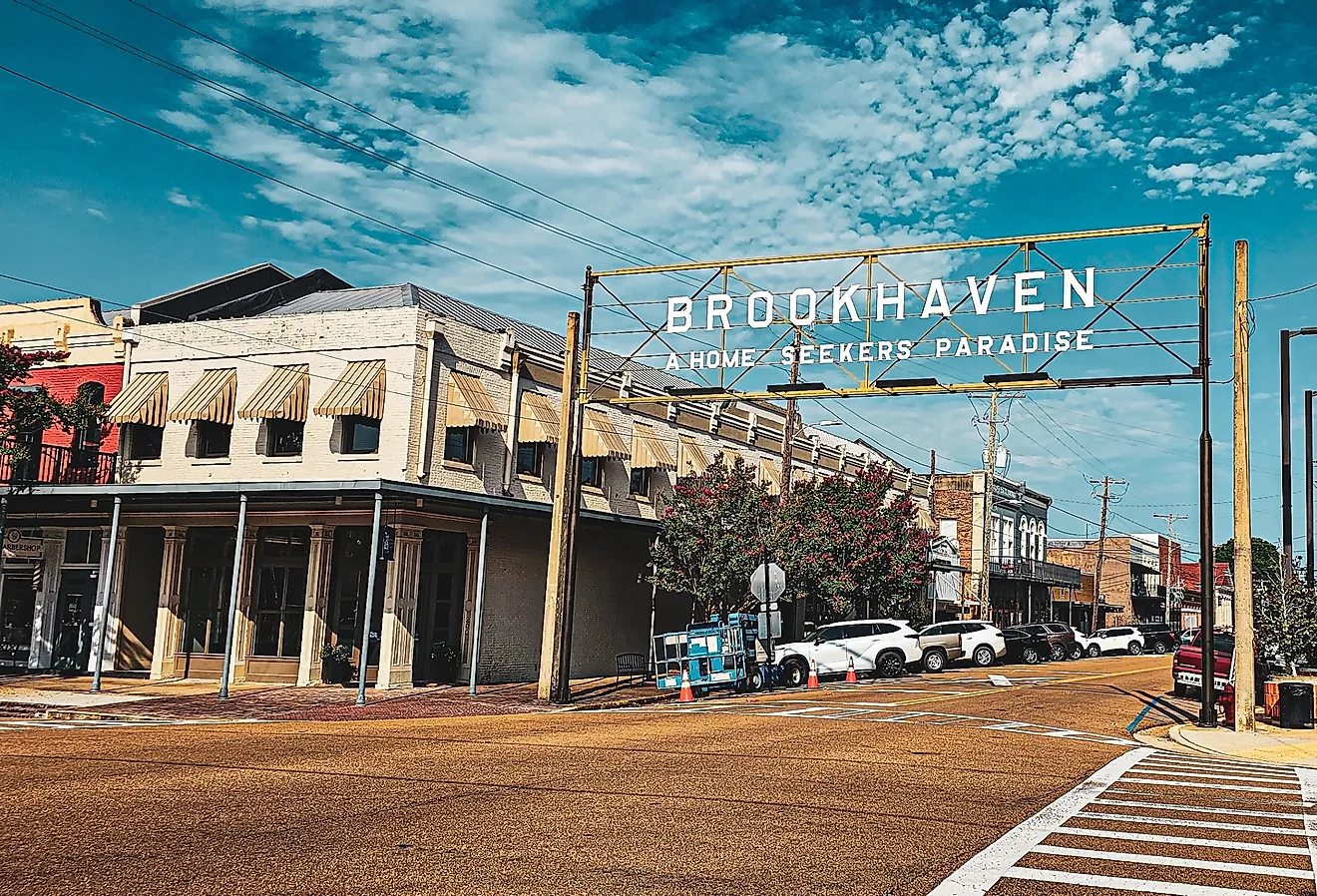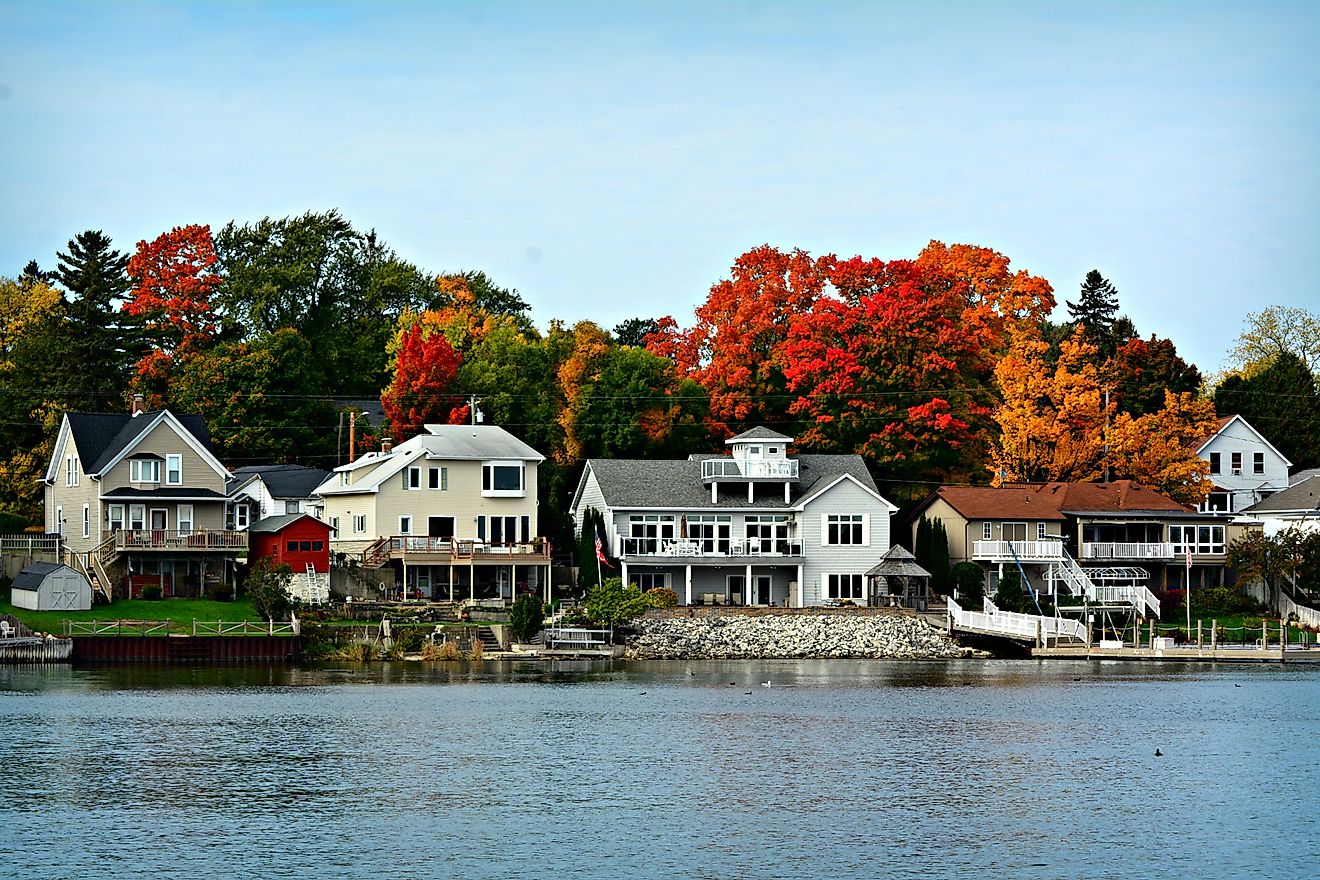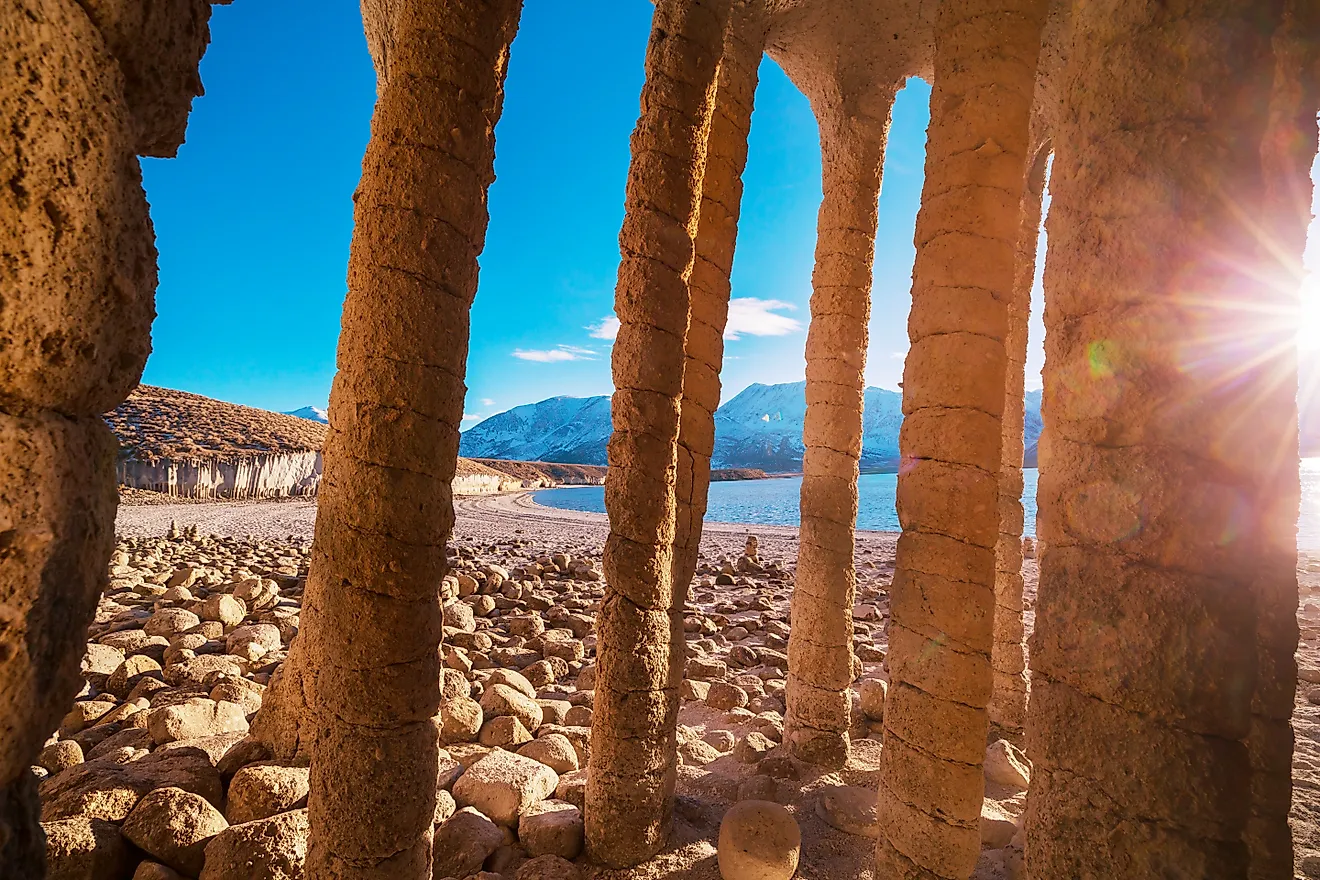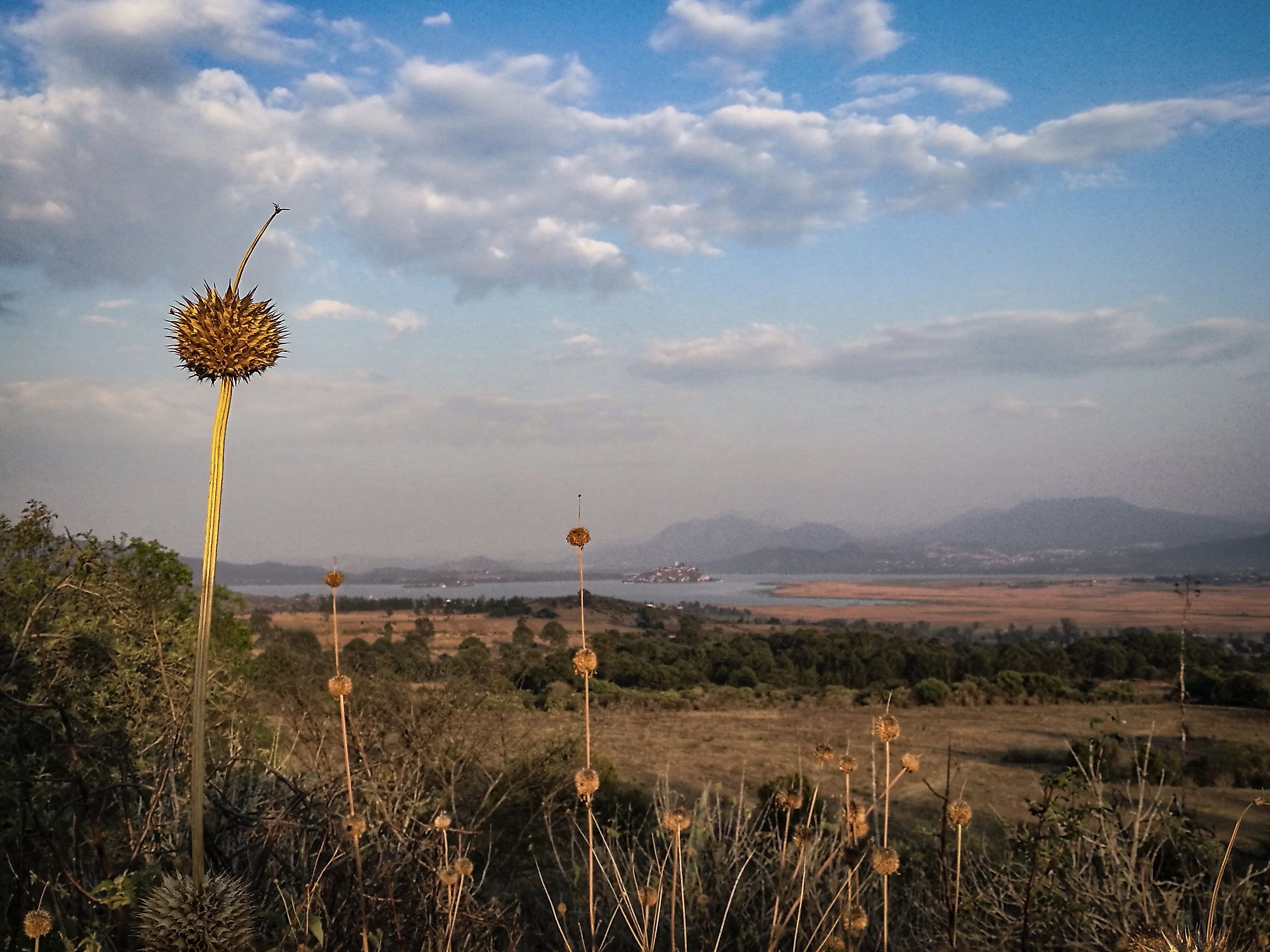
Erongarícuaro: A Place of Waiting, Whipping, and Wandering
Standing atop the roof of a rustic rental home, breathing in the intoxicating high-altitude air with a pinch of ubiquitous dust mixed in, and hearing the intermittent cracking of whips paired with the jovial yelps of children, I felt lost in a travel-induced reverie. Erongarícuaro is a traditional Mexican town of about 5,000 people, located in the hilly state of Michoacán, at an elevation of 6,824 feet (2,080 meters) above sea level. But a technical description fails to reveal the true nature of this place – something that unfolded gradually, and deserves further elaboration.
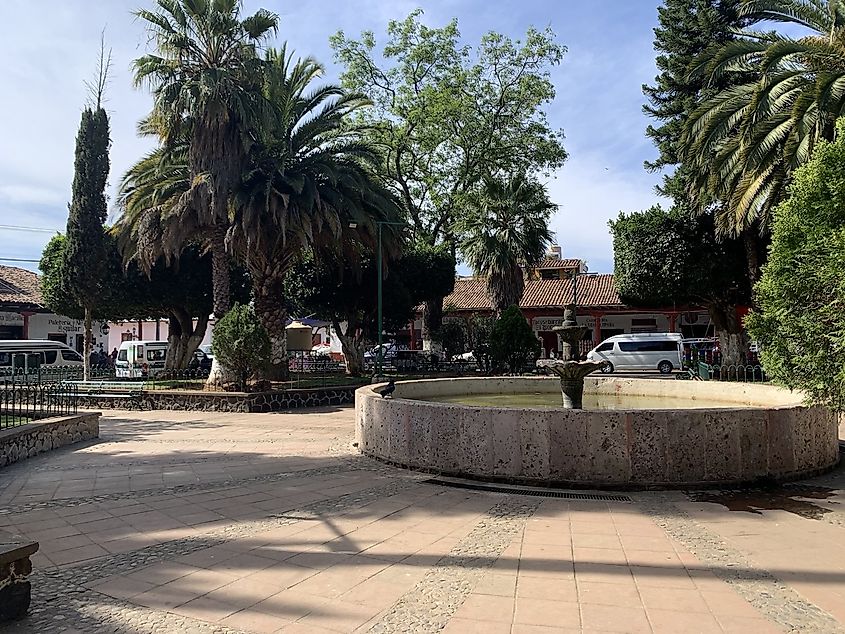
A Place of Waiting
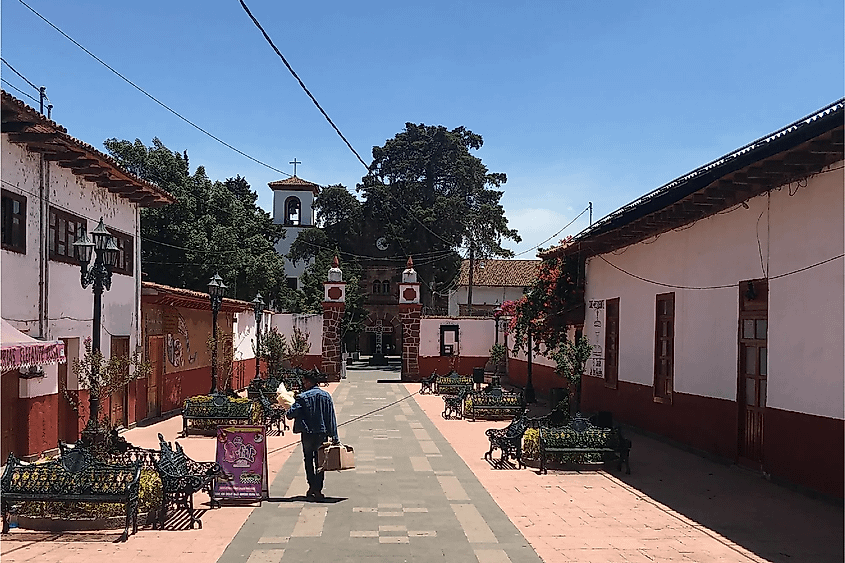
Erongarícuaro, or Eronga for short, is a Purépecha term meaning “place of waiting.” Waiting for what exactly? For the waters of the adjacent Lake Pátzcuaro (one of the highest altitude lakes in the country) to return to their former glory? For the weekly market to unfold in the town square? For the modern world to encroach into these antiquitous parts (heaven forbid)? Whatever the original reference, the palpably relaxed pace of life certainly matched the town's slogan. I felt this motto while striding into the surrounding hills to view the seemingly incorrigible landscape (though much has apparently changed). And I felt it while making my daily circuits to the bakery, or to the juice-ladies, or to the lavanderia. Even the most Type-A traveler should expect to succumb to Eronga's sedating rhythm.
Getting Settled in Eronga
My girlfriend and I were baited away from the shores of Mazatlán and into the countryside by an attractively priced Airbnb. We had been traveling through Mexico for the better part of four months, and now aimed to get within shouting-distance of the capital (for an upcoming flight to Europe), while also cutting back on our cost of living. We knew next to nothing of the town towards which our coach bus hurtled (note: a taxi or colectivo is required for the final leg), but on paper, it fit the bill perfectly.
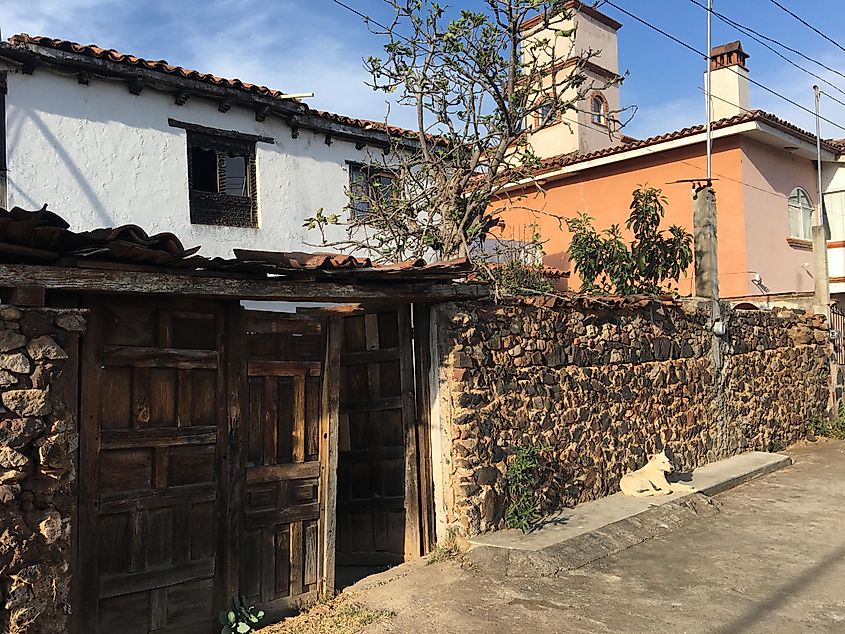
Upon arrival, we knocked on a heavy wooden door that slanted off its hinges and was wedged shut with a random board. Casually resting to the side was a white dog (which we later found out was named Blanca). She was the first of many free-roaming canines that we would come to know and love. Within a few moments, a shy, yet glowing man named Marcelo materialized in the alleyway of which the house was facing. Despite our continued attempts to improve our Spanish, we quickly settled into a simple language of smiles, nods, and pleasantries – not only with our host, but most everyone in town.
After dropping off our bags, we walked a few blocks to the old-fashioned town square (everything is just a few blocks away in Eronga.) Over the next month, we would work our way, multiple times, through each satiating restaurant, friendly street vendor, and unique mercado that formed the perimeter around a cute park. We even found a cafe that served actual brewed coffee (rather than instant), which is a rarity in rural Mexico. We certainly caught the eye of the locals as we took in the sights and smells, but everyone seemed delighted to have us, and curious as to what drew us so far off the typical tourist trail.
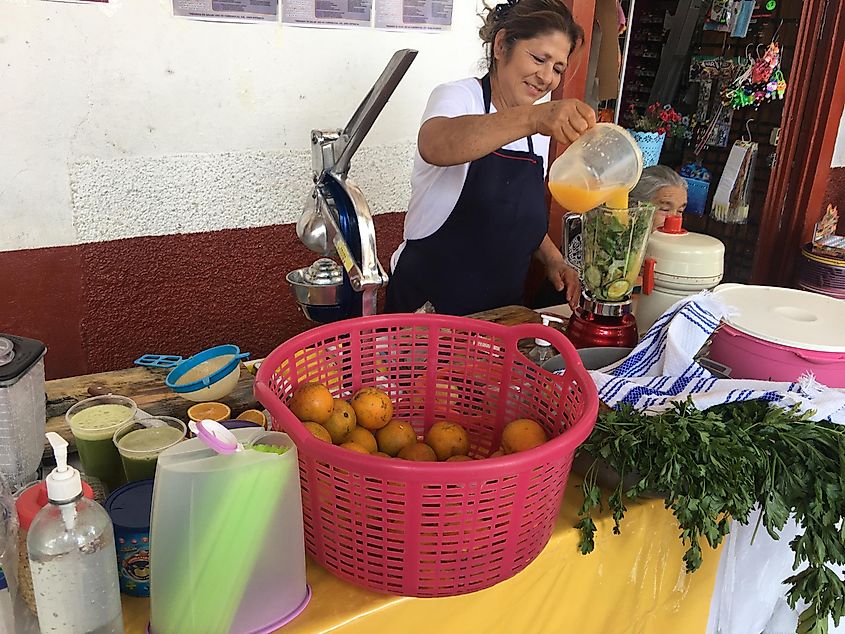
As we headed back to our homebase, we were met by another neighborhood dog, Negro. Now, I can understand why some travelers have reservations about off-leash wanderers. After all, I tallied up two bites in the past year (one while running in Mexico City, and the other while hiking the Camino Portugués). But in Erongarícuaro, any and all reservations can be put to rest. There are dozens of dogs that frolic about; linking up with their buddies, searching for leftovers, and even just soaking up affection wherever they can get it. Some of these mutts have tags on their ears. This shows that they have been spayed/neutered and inoculated by the local vets. And most of the dogs without these yellow markers actually have human homes where they rest their heads at night. This creates a symbiotic environment between the quadrupeds and bipeds, or at the very least, mutual passivity.
Along with Blanca and Negro, we also took a timid gal under our wing, who we named "Mama," because of her distended nipples and gentle presence. The fourth member of our beloved band was filled by "Crazy Eyes." This bundle of joy took a little extra coaxing before letting down his guard, but once he did, he became our biggest fan. Sometimes, we would even look out the window and see him sitting in the yard, patiently waiting for one of us to emerge.
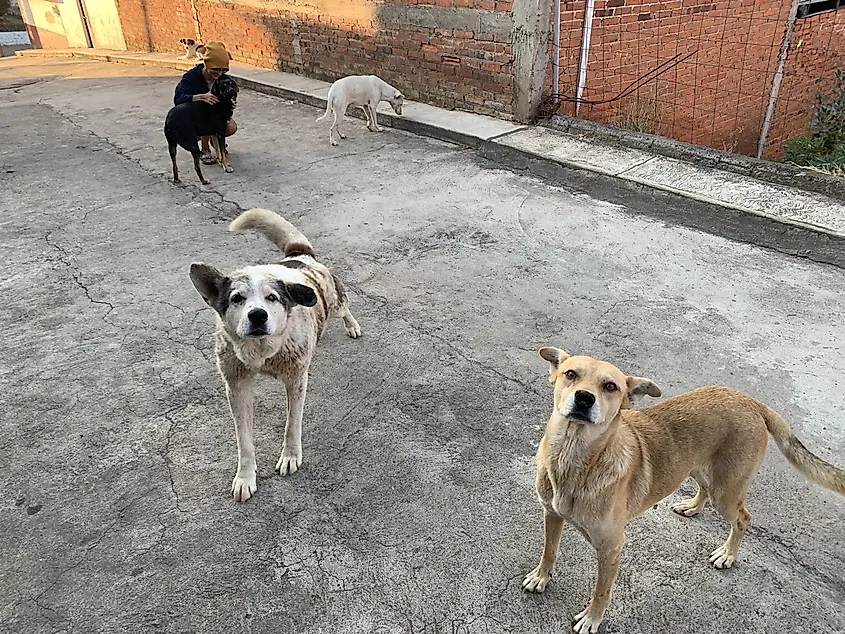
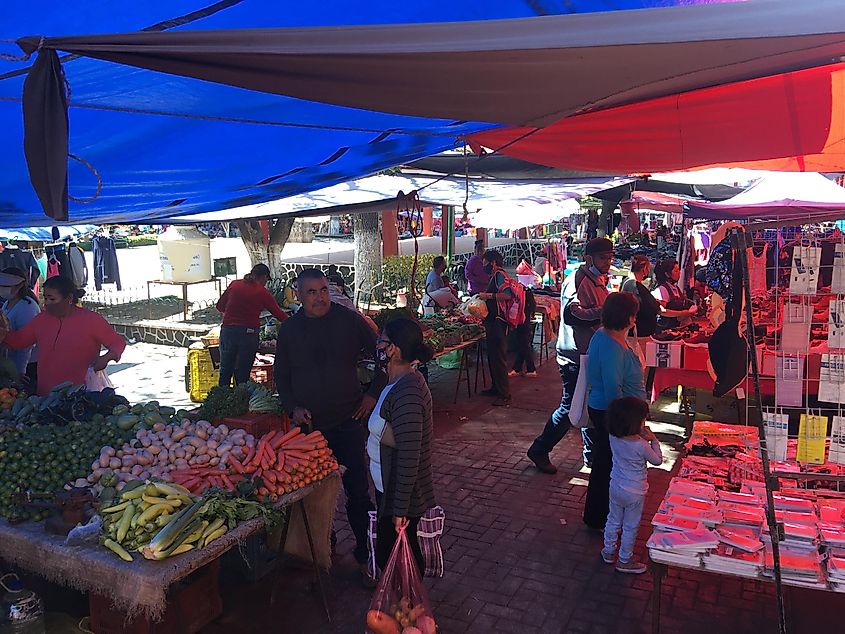
Semana Santa (Holy Week)
Our visit to Eronga just so happened to overlap with Semana Santa – a week-long festival leading up to Easter. The spirit and decor of the Catholic holiday overtook the town. There was a parade involving actors dressed in ancient Roman and Christian garbs, horse-drawn carriages, and a marching band. The weekly market also switched to a daily affair. And on the last night, there was a jam-packed theater performance reenacting the final days of Christ, put on in the courtyard of the central church. But the most unique aspect of the festivities was "the Judas".
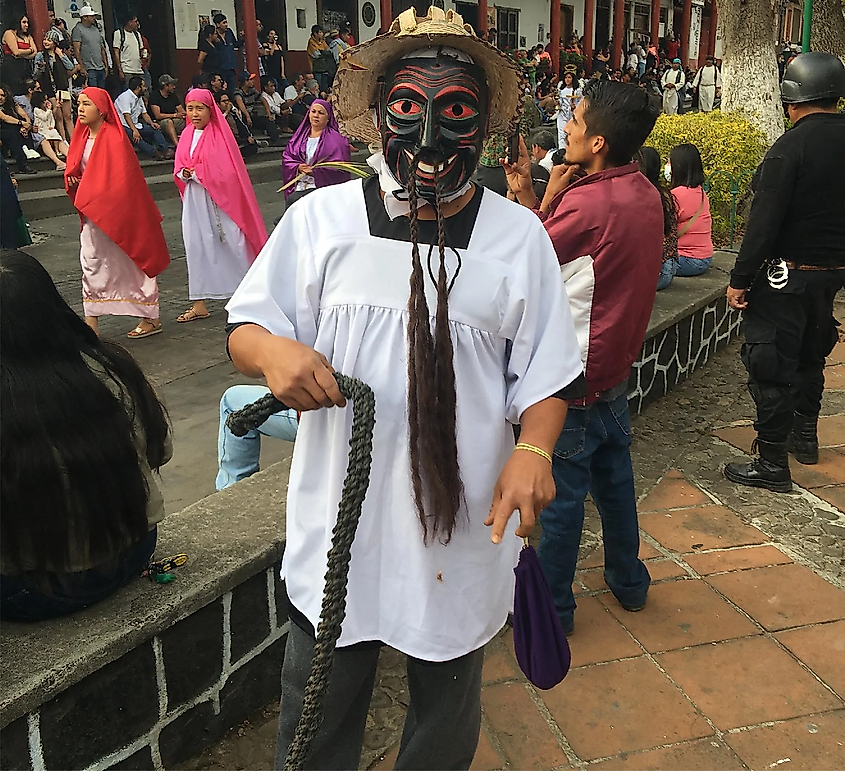
Dozens of people wearing demon masks, whip in one hand and sack of coins in the other, charged up and down the streets, drumming up trouble wherever they could. The name of the game was simple: pay up when you saw one or be prepared for an amiable lashing. I quickly learned to stock up on coins before leaving the house. I never actually got whipped, but I did sprint away from a few rather convincing assailants. Irina, on the other hand, got tossed in the centerpiece fountain by a Judas after I carelessly mentioned it was her birthday (another quirky tradition in these parts). Oops!
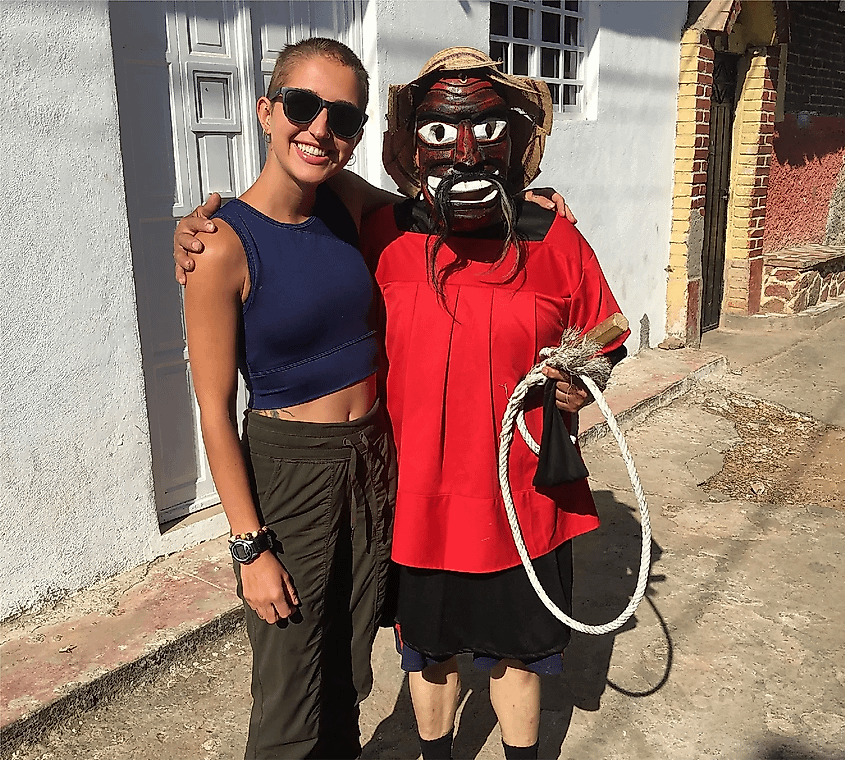
Fence-Hopping with a Local
Early in our stay, I was lucky enough to make the acquaintance of a young man named Josafat. He struck up a conversation while we were waiting for our coffee order, which we then took to sip on the steps overlooking Lake Pátzcuaro. He showed me the original shoreline, which has receded shockingly far in only a few decades (with the help of some questionable human interventions), told me a bit about his hometown, warned me of the Judas, and offered to show Irina and I some hidden treasures at a later date. Our friendship was thankfully made possible by the fact that Josafat had lived in Mexico City for many years, and therefore spoke excellent English.
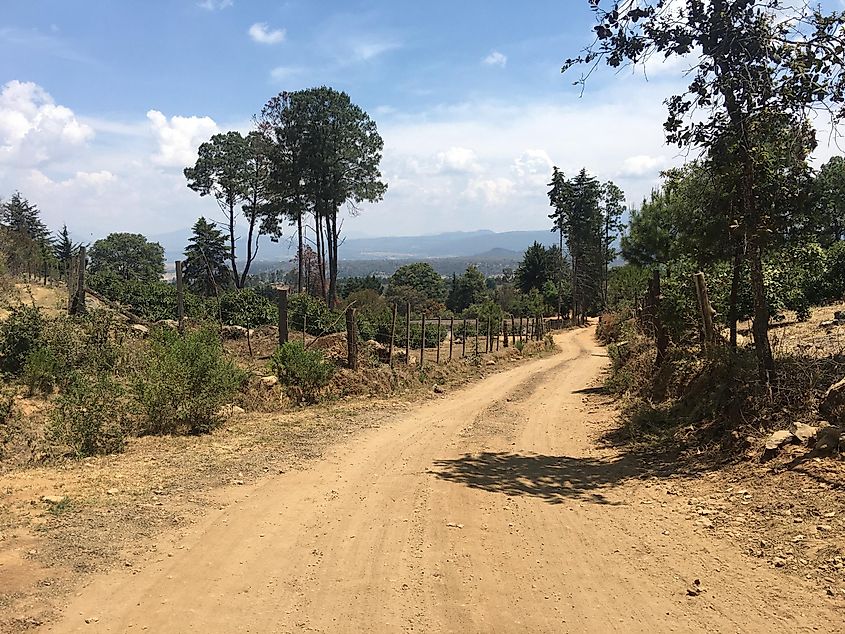
After the excitement of Semana Santa had dissipated, we took our friend and local tour guide up on his offer. The three of us packed a little day-bag and headed up a secluded dirt road to explore the old bull rings (we left when a cockfight appeared to be breaking out), then proceeded to the bat-infested remains of an abandoned train station, and capped things off with a visit to the original site of Erongarícuaro (now mostly buried in the grassy slopes). The whole adventure had a Stand By Me vibe to it – complete with train-track strolling, and barbed-wire-fence-hopping. As dusk rolled in and our libations took hold, I was struck by an ineffable spiritual quality that emanated from all around.
Adiós, or Rather, Hasta Luego!
Our last night in Eronga was another scene plucked straight from a movie. Some kids started up a soccer game in the back alley, and happily let me join in. Each of our beloved dogs also came along to say good-bye (or at least that's what I like to imagine was happening). We gave them extra helpings of food, lots of butt scratches, and tried not to cry. If indeed Eronga is a place of waiting, then perhaps Josafat, the Judas, and our furry friends will all be waiting for us when we return…someday.
